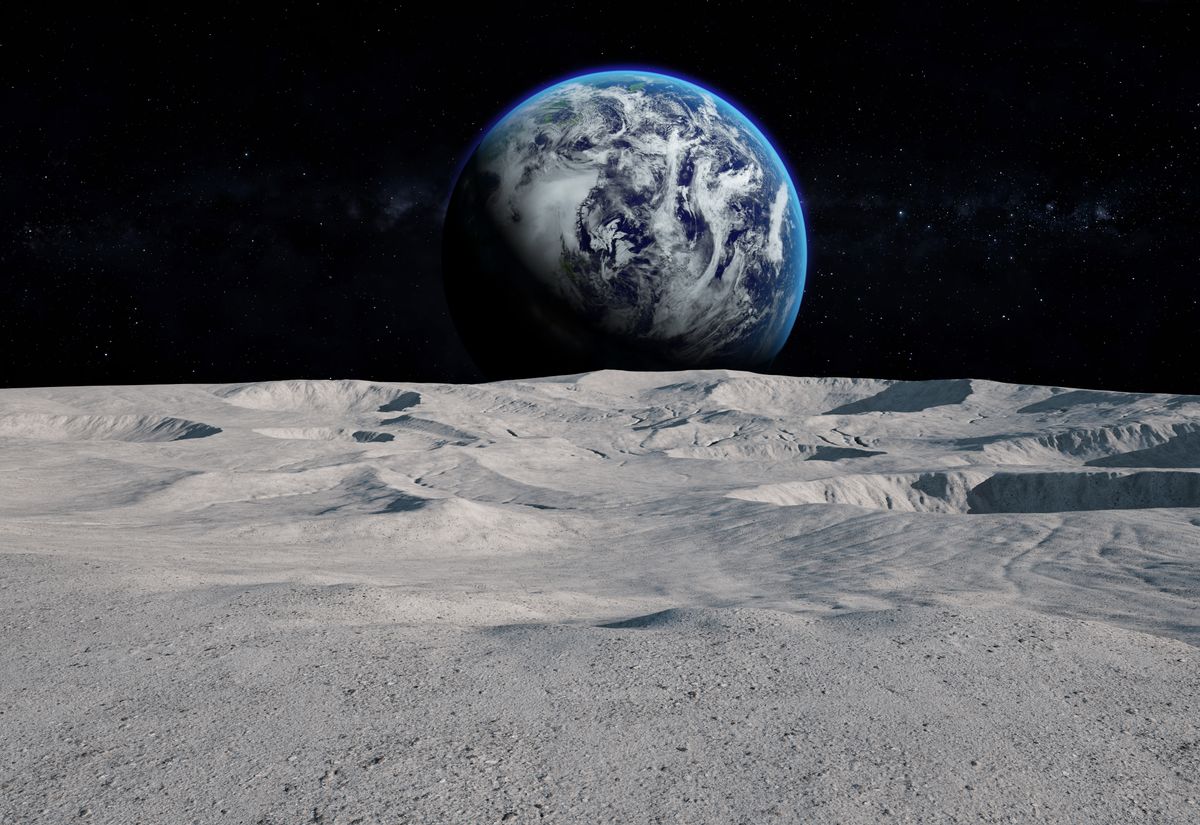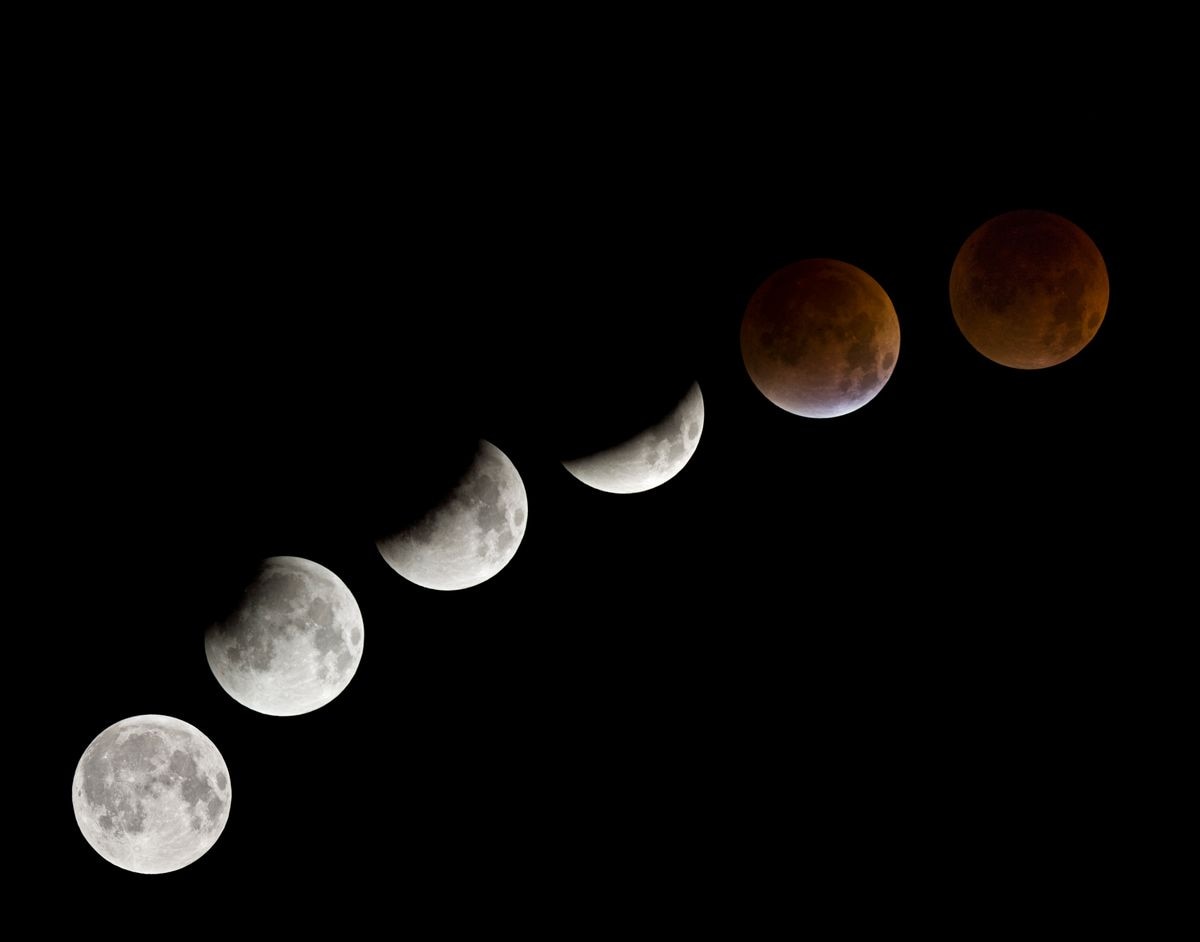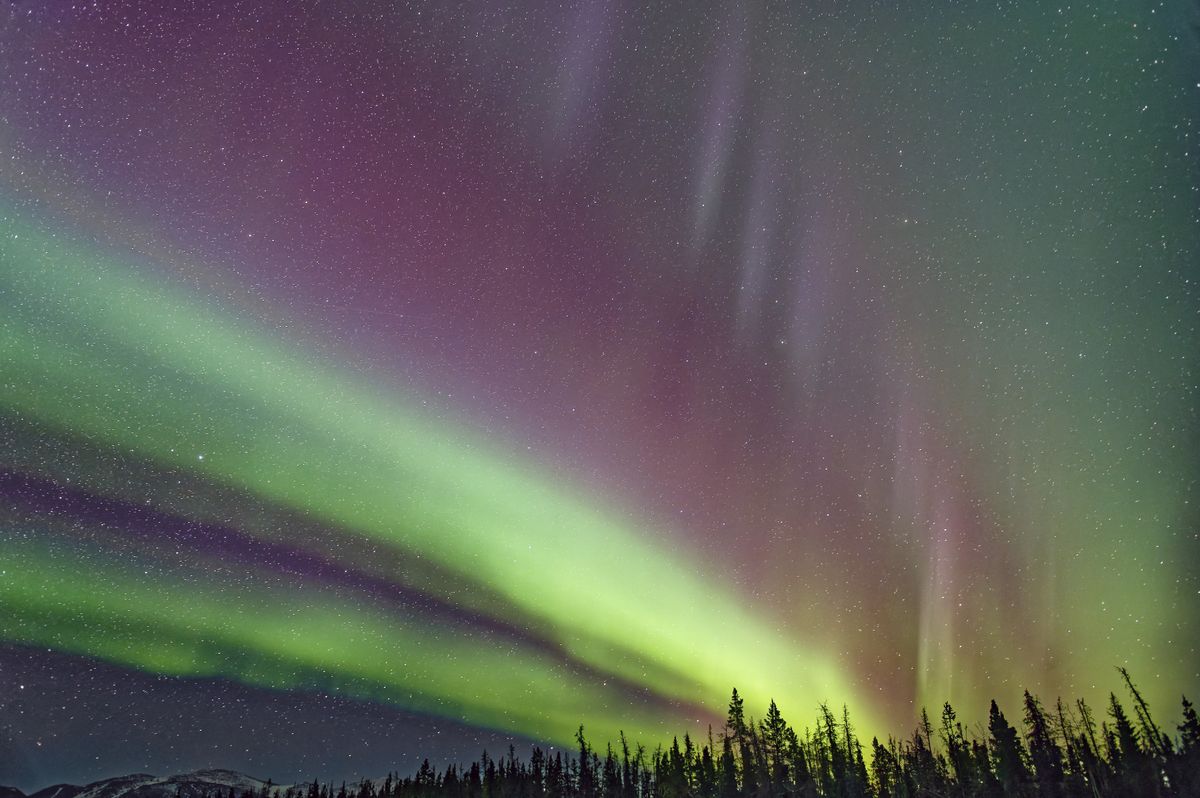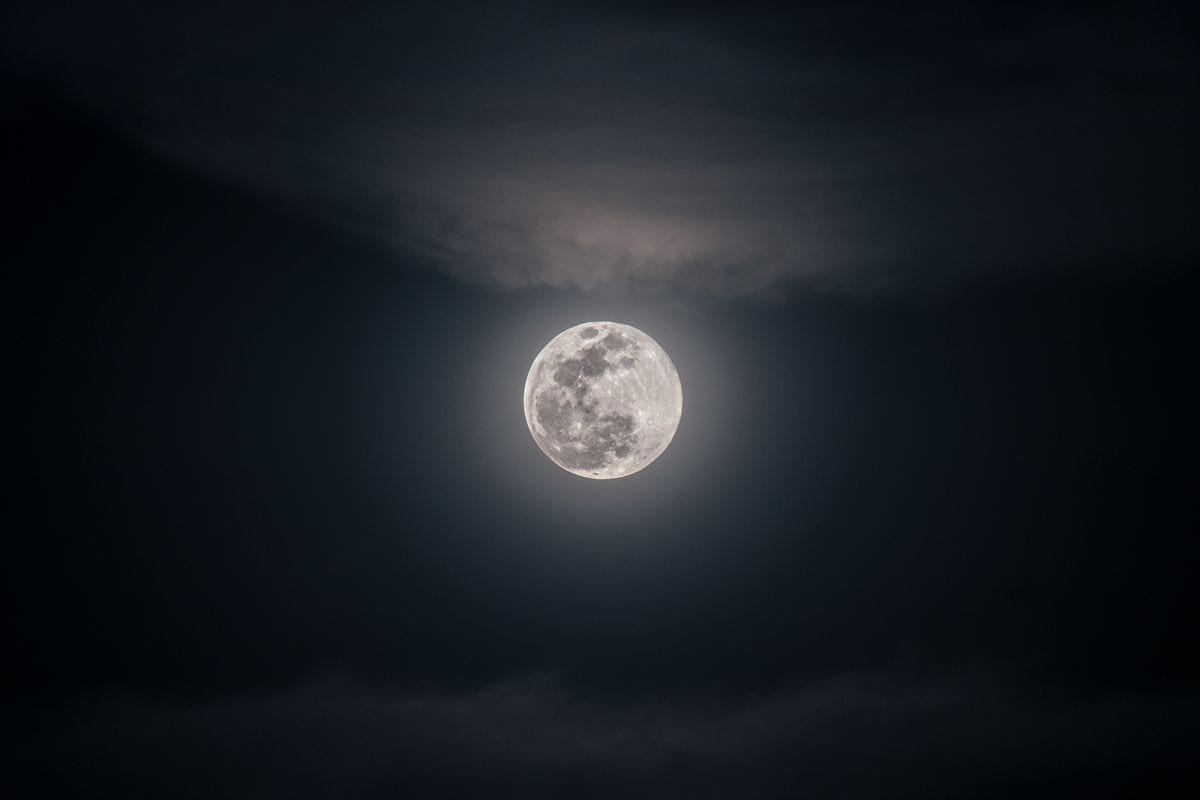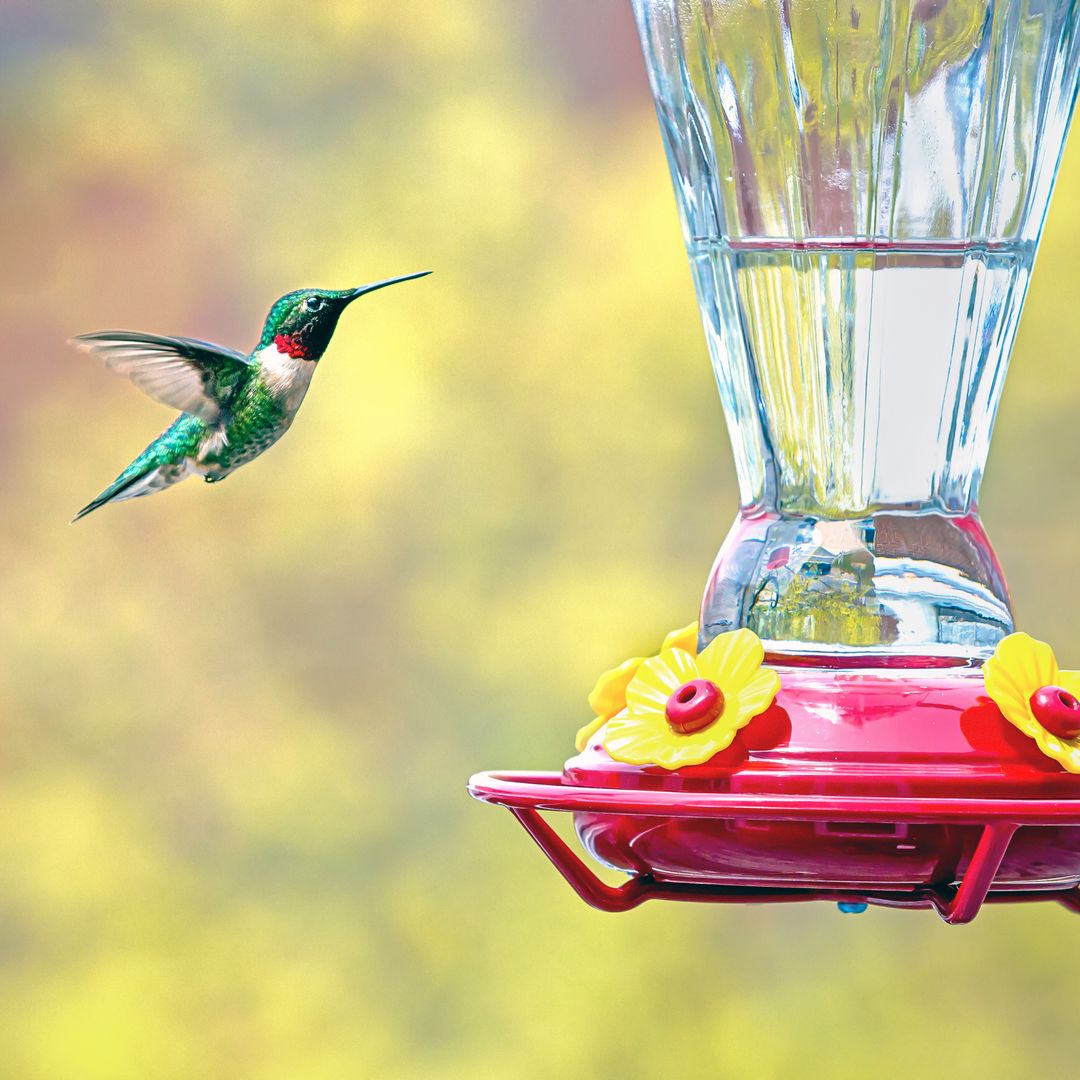The Moon is the ultimate scene-stealer. In May 2025, the Moon runs through all its phases, giving skywatchers the full spectrum from pitch-black bliss to glow-flooded nights. And yes, if you're hunting the northern lights or trying to spot that faint smudge of the Milky Way, timing your night with the Moon's mood makes all the difference.
Here's how to work with the Moon this May, plus key tips to catch the aurora borealis when it's at its best.
Why Moon Phases Matter for Stargazing and Auroras
The Moon is basically the lighting director of the night sky. When it's full, it lights up everything. A Full Moon can drown out subtle celestial details and thoroughly wash out weak auroras. A New Moon, on the other hand, is your golden hour. That's when the sky turns deep and dark, and even faint glows and distant stars get their chance to shine.
In between, crescent and Quarter Moons offer compromise conditions. Slim crescents give off barely any light, while First and Last Quarters (those classic half-Moon looks) offer medium-brightness skies, fine for brighter stars and intense auroras but not ideal for subtleties.
Moon Phases in May 2025 (U.S. Dates)
Here's the full Moon calendar for May 2025 so you can plan your late-night sky sessions accordingly:
- Waxing Crescent: May 1–3 and May 28–31
- First Quarter: May 4
- Waxing Gibbous: May 5–11
- Full Flower Moon: May 12–13
- Waning Gibbous: May 14–19
- Last Quarter: May 20
- Waning Crescent: May 21–26
- New Moon: May 27
The week of May 27, especially on the New Moon and surrounding nights, is the best time to see faint auroras and deep-sky viewing.
Brightest skies (and toughest viewing conditions): Around the Full Moon, May 12–13.
Aurora Hunting Tips for May 2025
If the Moon's light level is the stage lighting, the aurora is the headliner, and you don't want that show ruined by glare. Here's how to set yourself up for success:
Go Dark with the New Moon
May 27 is your gold-standard night. The New Moon guarantees the darkest sky of the month. You'll also get solid viewing conditions on the nights just before and after, especially with those thin waxing or waning crescents.
Full Moon Isn't a Dealbreaker
The Flower Moon on May 12–13 will be bright enough to read by. It's beautiful, sure, but it can outshine all but the strongest auroras. If you see a promising aurora forecast around this time, don't cancel plans—but know the colors may look muted or washed out unless the geomagnetic activity is strong.
Check the Kp-Index
The Kp-index is your go-to aurora forecast metric. It ranges from 0 (boring) to 9 (sky on fire). A Kp of 5 or higher means auroras could be visible far south of their usual haunts. Combine a high Kp reading with a moonless night, and you've got real potential for a dazzling display.
Find True Darkness
Even if the Moon cooperates, city lights can ruin your night. Head to rural or dark-sky-certified areas. National parks, remote trails, and wide-open fields are your best bets. NOAA recommends getting out after sunset and staying up past midnight for the best shot, especially in higher latitudes.
Cloud Cover
Clouds beat everything. They'll block auroras, stars, the Moon, the whole show. Always check the weather forecast alongside the lunar phase and aurora activity.
May 2025 gives you the full lunar rollercoaster and plenty of opportunities to pick your best shot at stargazing or catching the aurora. The trick is using the Moon's light to your advantage. Aim for the darkest nights, track geomagnetic activity, and stay flexible with the weather.
,type=downsize)

